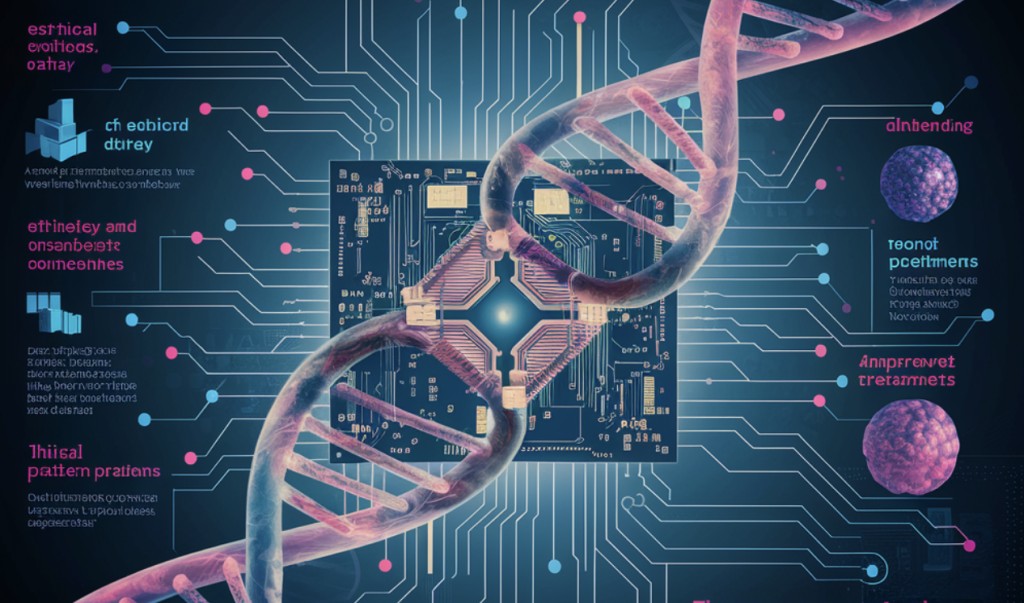Recent advancements in ML are revolutionizing how we evaluate treatments by predicting the causal impact of treatments on patient outcomes, known as causal ML. This approach leverages data from randomized controlled trials (RCTs) and real-world data sources like clinical registries and electronic health records to estimate the effects of treatments. A major advantage of causal ML is its ability to provide individualized treatment effects and personalized outcome predictions under different treatment scenarios, such as survival or readmission rates. This enables a more tailored approach to patient care. However, using causal ML cautiously is crucial, as its conclusions depend on underlying assumptions that cannot be directly verified.
Researchers from institutions including LMU Munich, University of Cambridge, and Harvard Medical School highlight how causal ML differs from traditional medical statistical and ML methods. Causal ML offers advanced tools for estimating individualized treatment effects from diverse data sources like electronic health records and imaging. It supports personalized care by predicting how treatments affect different patients, accounting for variables like drug metabolism and genetic data. Despite its potential, using causal ML requires careful attention to avoid bias and incorrect predictions. The researchers outline steps for its effective use and recommend best practices for integrating causal ML into clinical settings.
Causal ML is essential when you need to estimate how treatments affect outcomes, unlike traditional predictive ML, which forecasts outcomes without considering treatment effects. For example, while traditional ML can predict the risk of diabetes, causal ML can assess how this risk changes with specific treatments. It answers ‘what if’ scenarios, such as predicting survival rates under different cancer treatments. Unlike classical statistics, which often assume known relationships, causal ML accommodates complex, high-dimensional data and less rigid models. However, it requires careful handling of biases and assumptions, especially in distinguishing between observed and unobserved influences.
Causal ML is crucial when you need to understand how treatments affect outcomes rather than just predicting them. Unlike traditional ML, which often focuses on risk predictions, causal ML estimates the changes in outcomes due to different treatments. It can assess average treatment effects (ATE) across populations or provide more detailed insights through conditional average treatment effects (CATE) for specific patient subgroups. Causal ML handles binary (e.g., treat vs. no treat) and continuous (e.g., varying doses) treatment scenarios. Essential steps include defining the causal problem, selecting the causal quantity, and ensuring assumptions like no unmeasured confounding are plausible to avoid bias.Â
Causal ML methods are chosen based on the causal question and the type of treatment effect, such as ATE or CATE. Methods include model-agnostic meta-learners, like S-learners and T-learners, flexible with any ML model, and model-specific techniques, like causal trees and forests, which adapt existing models for treatment effects. Continuous treatments require specialized methods due to infinite possible values. To evaluate these methods, randomized data is ideal, but comparing predictions of factual outcomes or using pseudo-outcomes can also help. Robustness checks and careful assumption validation, particularly regarding confounders and positivity, are essential for reliable results.
In conclusion, Causal ML is promising for personalizing medical treatments and improving patient outcomes by estimating treatment effects from diverse medical data. It can identify which patient subgroups may benefit most from specific treatments and analyze treatment effects in real-world data (RWD), addressing the limitations of traditional RCTs. Future research must bridge the gap between ML advancements and clinical application, ensuring robust methods and uncertainty quantification. Challenges include the need for large datasets, reliable software tools, and regulatory frameworks. Cross-disciplinary collaboration is essential to integrate causal ML into clinical practice and support decision-making through personalized predictions.
Check out the Paper. All credit for this research goes to the researchers of this project. Also, don’t forget to follow us on Twitter.Â
Join our Telegram Channel and LinkedIn Group.
If you like our work, you will love our newsletter..
Don’t Forget to join our 44k+ ML SubReddit
The post Revolutionizing Personalized Medicine: The Promise and Challenges of Causal Machine Learning in Clinical Care appeared first on MarkTechPost.
Source: Read MoreÂ


